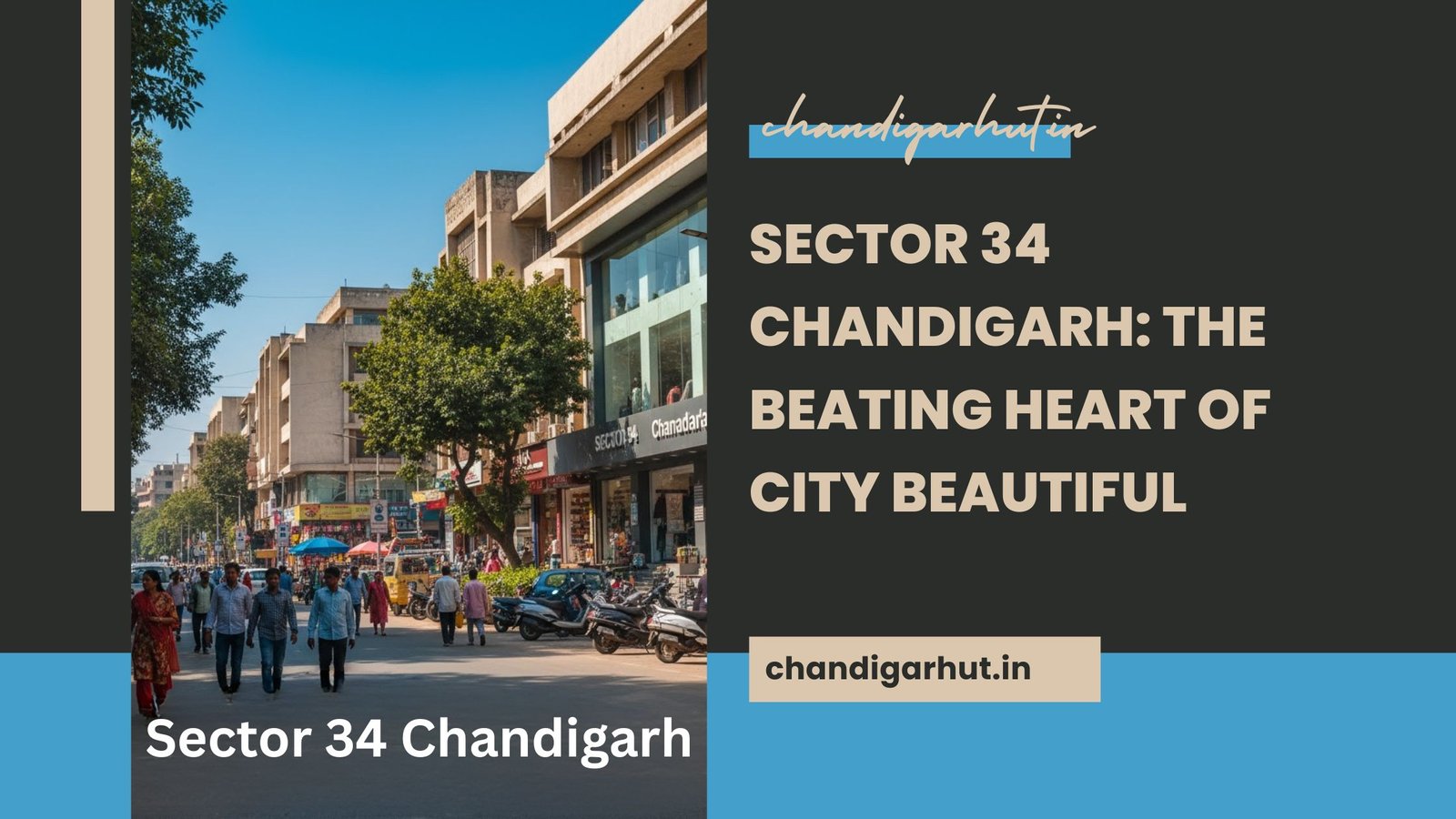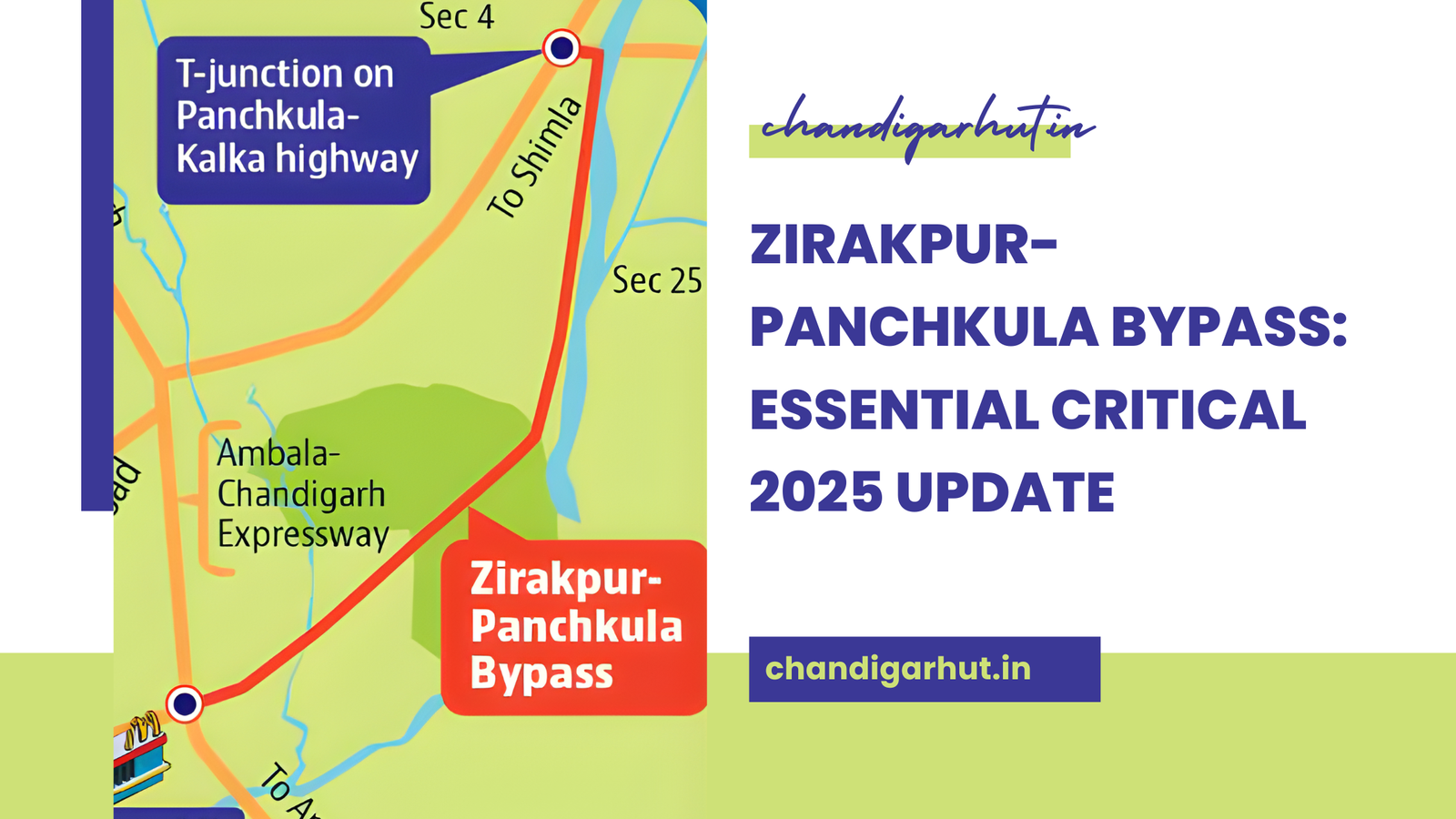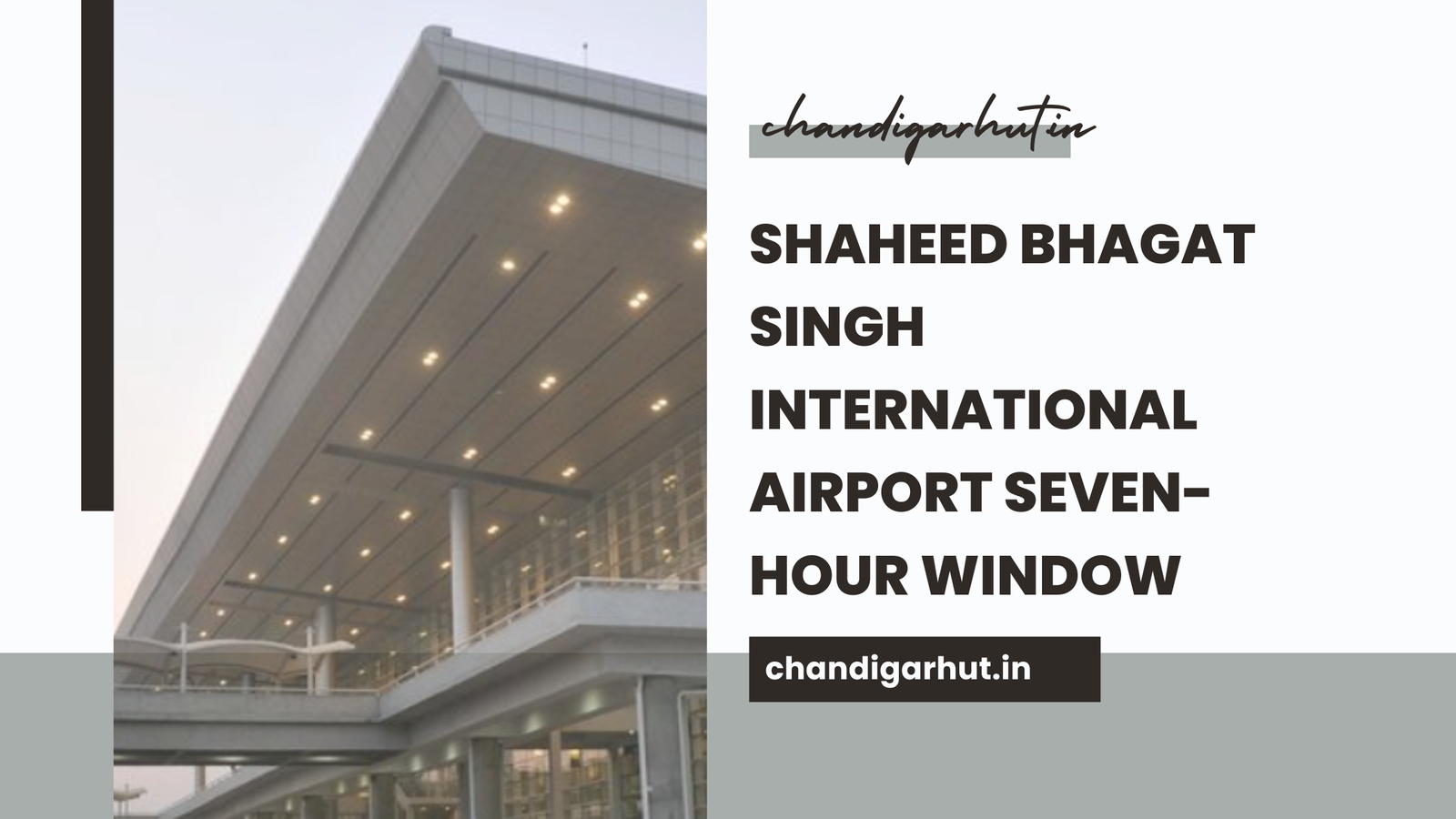In recent weeks, Panjab University protest has dominated headlines across Chandigarh and Punjab. Students have taken to the streets, staging hunger strikes, sit-ins, and symbolic demonstrations against proposed governance reforms that aim to restructure the university’s Senate and Syndicate — effectively ending the long-standing elected system that has defined the institution’s democratic spirit.
The Centre’s controversial plan also included a “no-protest affidavit” clause for students, sparking outrage and uniting various student unions, farmer organizations, and alumni in solidarity. Students unite in the Panjab University Protest 2025 demanding transparency, improved hostels, and fair representation.
Key Takeaways
- Panjab University protest began after the announcement of governance reforms targeting elected bodies.
- Students demand rollback of the entire proposal, calling it “undemocratic.”
- Centre has deferred implementation, though reforms remain on record.
- “No-protest affidavit” withdrawn, following mass outrage.
- Protest call for November 10 to intensify the movement if reforms aren’t revoked.
What Sparked the Panjab University Protest?
The Panjab University protest was triggered by the Centre’s move to restructure the Senate and Syndicate, replacing the elected model with an appointed one. These two governing bodies have traditionally given students, professors, and alumni a voice in the university’s decision-making process.
The reform also proposed that students must sign a “no-protest affidavit” during admissions, pledging not to participate in campus demonstrations. For many, this was seen as a direct violation of democratic and constitutional rights.
“We are not against reforms,” said Amandeep Singh, a student union leader. “But silencing student voices and dismantling elected governance is against the very ethos of Panjab University.”
Why Are Students Opposing the Governance Reform?
The Panjab University protest isn’t merely about administrative changes — it’s about preserving representation and freedom of expression. Students and faculty members fear that removing elections from the Senate and Syndicate will make the university less transparent and more politically controlled.
Major concerns include:
- Loss of democratic governance at the university level.
- Increased centralization of power.
- Reduced accountability to students and faculty.
- Threat to academic freedom and student activism.
For decades, Panjab University has been seen as a model of participatory governance in higher education — something students now fear losing permanently.
How Did the Centre Respond to the Panjab University Protest?
Following widespread backlash, including hunger strikes and campus blockades, the Centre clarified its position. The Education Ministry stated that the reform remains on record but its implementation has been deferred until further consultation.
The government also announced the withdrawal of the “no-protest affidavit”, calling it a miscommunication at the administrative level. However, students remain unconvinced, arguing that the structural changes still threaten the university’s independence.
Before vs After: Governance Reform Comparison
| Governance Aspect | Before Reform | After Proposed Reform |
|---|---|---|
| Senate Composition | Elected members (students, alumni, faculty) | Appointed by authorities |
| Syndicate Function | Democratically accountable | Centrally managed |
| Student Rights | Allowed to protest peacefully | Bound by “no-protest” clause (withdrawn later) |
| University Autonomy | High | Reduced |
| Decision Transparency | Publicly debated | Bureaucratic approval needed |
This table highlights why the Panjab University protest continues despite partial rollbacks — the essence of participatory governance remains under threat.
How Are Students and Civil Groups Responding?
The Panjab University protest has evolved into a larger movement for educational freedom. Student unions such as SFS (Students for Society) and ABVP, along with faculty associations, have formed a joint front. Farmer unions have also joined hands, citing this as a “struggle for democratic voice.”
Daily sit-ins are being held outside the Vice-Chancellor’s office, and a massive protest march has been called for November 10, demanding complete withdrawal of reforms.
“We’re fighting for our right to participate in how our university is run,” said Simran Kaur, a postgraduate student. “This isn’t just about Panjab University — it’s about every student in India.”
What Future Awaits Panjab University After the Protest?
As the Panjab University protest enters its next phase, attention turns toward what lies ahead. Will the Centre initiate genuine consultation with stakeholders, or will reforms continue to hover over the institution’s autonomy?
Possible outcomes include:
- Partial modification of the governance plan with student representation restored.
- Formation of a joint committee including faculty, alumni, and government officials.
- Continued protests if the reform is reintroduced without consensus.
Optimists believe this movement will spark a new model of participatory governance that balances reform with representation. Whatever the result, the Panjab University protest has already redefined how India perceives the role of students in shaping policy.
Real-Life Example: The Spirit of 1976
Interestingly, this is not the first Panjab University protest in history. In 1976, students protested the imposition of strict academic policies during the Emergency era. The legacy of that movement still echoes today, reminding many of the university’s strong democratic backbone.
Then and now, the message remains clear — education thrives when voices are heard, not silenced.
Expert View: Why Dialogue Matters
Educational experts from across India emphasize that dialogue, not directives, is key to reform.
Dr. Rajesh Puri, a policy analyst from Chandigarh, notes:
“Reform is essential for progress, but it must evolve through participation, not imposition. The Panjab University protest is a reminder that reform without representation leads to resistance.”
What’s Next in the Panjab University Protest?
Unless reforms are:
❌ Withdrawn — not just deferred
Students plan to escalate with:
- State-wide rallies
- University shutdowns
- Human-chain demonstrations
- Legal intervention through advocacy groups
All eyes now on November 10.
FAQs
Q1. What triggered the Panjab University protest?
The protest began over governance reforms that aimed to replace elected Senate and Syndicate bodies with appointed ones and included a “no-protest affidavit” clause.
Q2. Has the government rolled back the Panjab University reform?
The affidavit clause has been withdrawn, but the main governance reform remains on record, with implementation deferred.
Q3. Who is participating in the Panjab University protest?
Students, faculty members, student unions, farmer unions, and alumni have joined the protest movement.
Q4. What is the next step in the Panjab University protest?
A large demonstration is planned for November 10, if demands for full rollback aren’t met
Q5. Why is this issue significant for Indian education?
Because it highlights the tension between administrative control and institutional democracy in higher education.
Conclusion: The Fight for Student Voice Continues
The Panjab University protest is more than a campus movement — it’s a fight to protect the democratic DNA of Indian universities. While the rollback of the affidavit clause offers partial relief, students remain firm on restoring full autonomy.
As the November 10 protest nears, all eyes are on Chandigarh — the city that continues to shape India’s educational and democratic narrative.
🔗 Stay updated with the latest developments on the Panjab University protest, student movements, and Chandigarh news at Chandigarhut.in.









